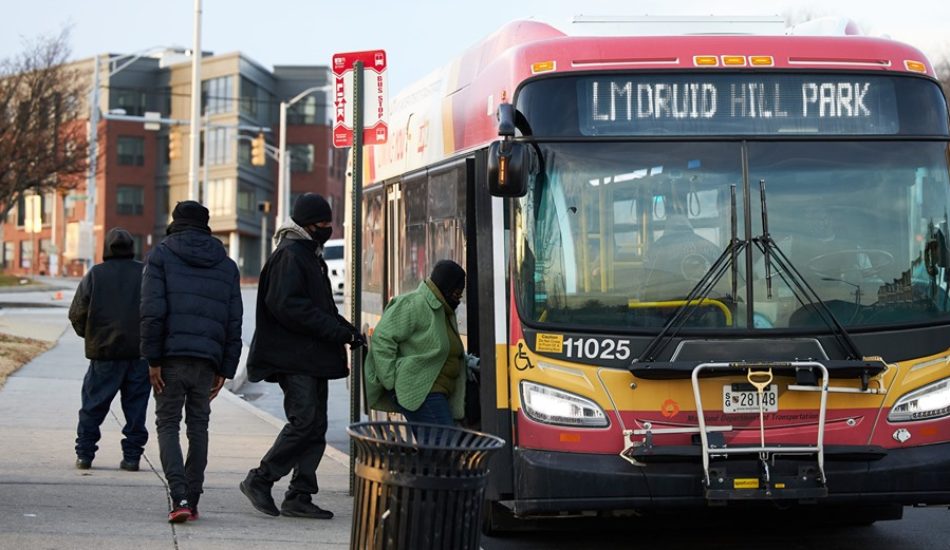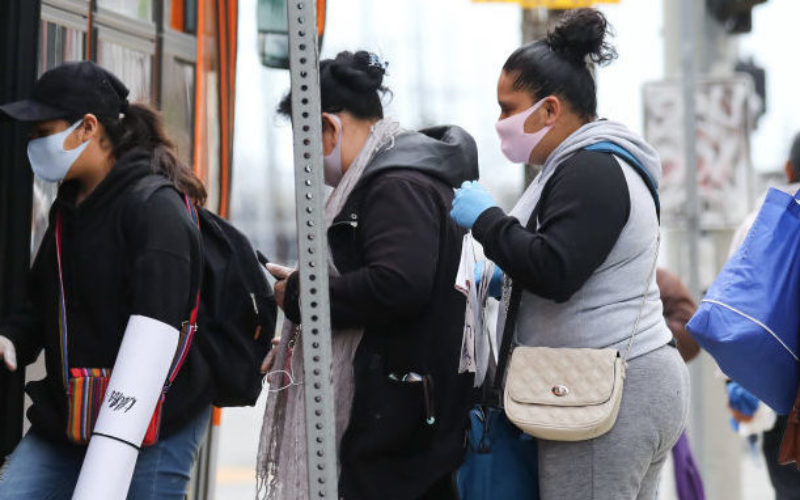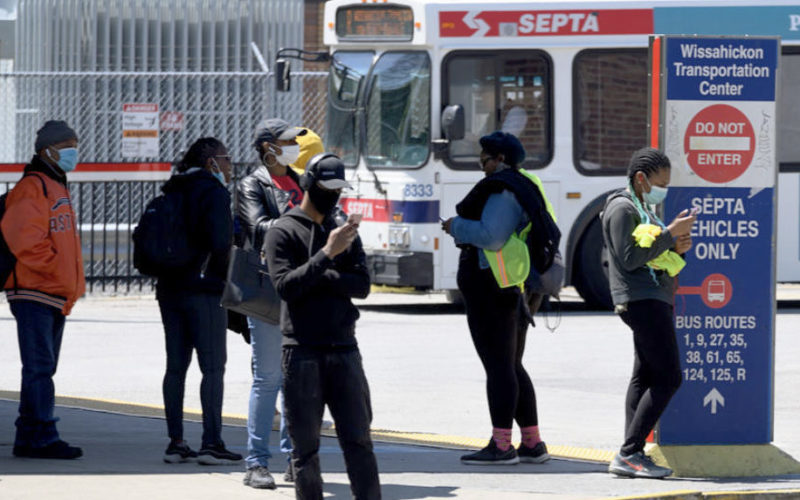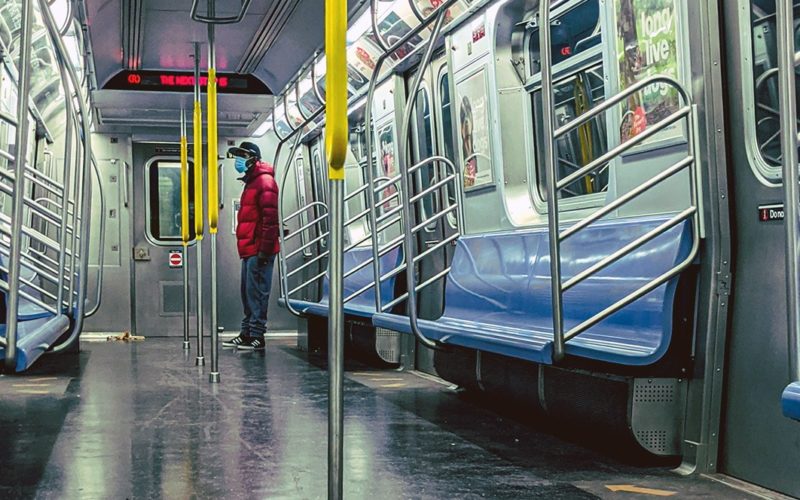A new coalition of environmental, labor, and business leaders is working with elected officials in Baltimore to pass the Transit Safety and Investment Act, a bill currently moving through the Maryland state legislature. The bill would require the Maryland Department of Transportation, which oversees the Maryland MTA, to spend millions more annually on MTA maintenance and operations over the next five years
Read MoreCompared to Congress, the power of US DOT to directly allocate transportation resources is small. But in the hands of the right team, Pete Buttigieg’s department can still exert immense influence on the transportation landscape.
Read MoreDebra Johnson, the first woman to hold the top leadership post at RTD, and the first CEO since 1995 to be hired from the outside rather than promoted from within, will bring a fresh eye and a multi-city resume that’s relevant to RTD’s challenges.
Read MoreOn December 17th, TransitCenter held a ceremony recognizing this year’s Frequency Award winners. Here’s a list of the honorees, and a bit about why their work was so important:
Read MoreThe Women Changing Transportation program is pleased to present the second installment of videos from our conversation series.
Read MoreBefore COVID-19 struck, LA Metro seemed to be turning a corner on bus service with the ambitious network redesign known as NextGen. But the new budget plan signals a return to the days when Metro regularly overlooked the bus riders who make the vast majority of trips on its services.
Read MoreMillions of people across the country are at risk of losing access to good transit as the COVID pandemic grinds on and imposes an unprecedented fiscal crisis on the nation’s transit agencies.
Read MoreAt the final convening of the first year of the Women Changing Transportation program we asked the members of the cohort to reflect on their year together, the current state and future of transportation, and their experiences as women working in the field.
Read MoreTransit equity goes far beyond quantitatively assessing how service is distributed, but that is the extent of most transit agencies’ equity work. This one-dimensional understanding has hampered the transit field from achieving equity — long before the tumult of 2020.
Read More







